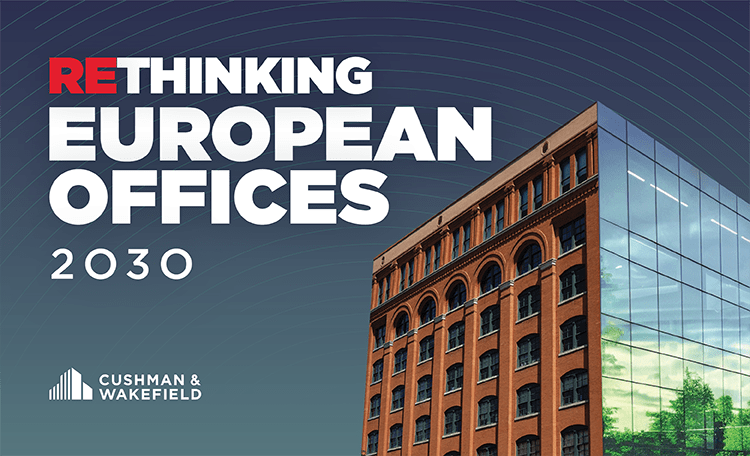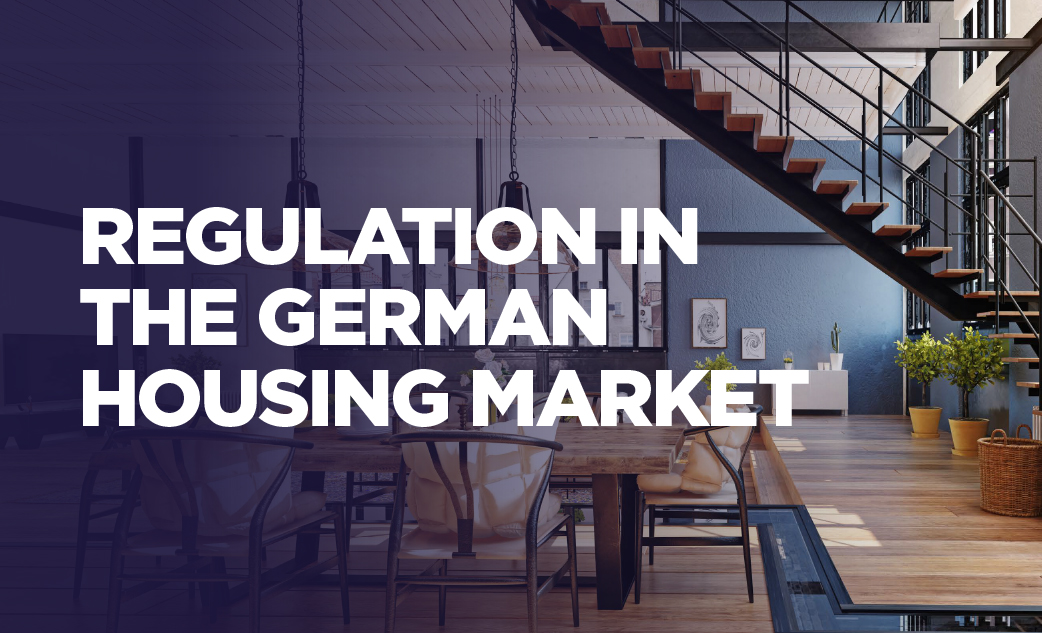Even before the pandemic, e-commerce was taking its toll on bricks-and-mortar retail. The new "Retail Footfall Index" from international real estate consultancy from Cushman & Wakefield (C&W) shows how the Covid-19 waves and the resulting restrictions of the last two years have affected footfall in German shopping high streets. Prime locations in the top-7 real estate markets performed better, while the top absolute prime locations were affected more strongly, both positively and negatively, than other locations.
Footfall correlates inversely with Covid-19 incidence
“At the beginning of the Covid-19 pandemic and in the course of the subsequent waves, pedestrian footfall in the high streets of the top-7 markets recorded strong declines," explains Helge Zahrnt, Head of Research & Insight, Cushman & Wakefield. In the course of the first Covid-19 wave from March 2020, footfall in the top-7 fell by around 60 percent on average. After a rebound over summer 2020, footfall fell significantly again in the second and third waves. In the summer of 2021, footfall rose and held steady in the autumn, roughly at the levels of pre-pandemic averages. By the start of 2022, however, footfall had fallen again to an index level of 70, 30 per cent below the pre-pandemic average.
Prime locations perform better
While prime and off-prime locations performed comparably before the start of the pandemic, prime locations were able to maintain higher index levels almost continuously over the course of the pandemic. Especially in the upswing phases, the prime locations performed better.
Losses due to remote working offset in locations close to residential districts
Berlin's Schlossstrasse performed particularly well during the entire period, with footfall 13% above the pre-Covid-19 average. The location in the middle of the residential district of Steglitz plays a role here. While in other city centre locations the relocation of many workplaces to home offices severely reduced footfall, here customers were still present due to the proximity of the residential district. Schlossstrasse comprises a healthy mix of shops and shopping centres and focuses on sustainable shopping.
Top locations experience the strongest fluctuations
Top locations, i.e. selected absolute prime locations such as Königsallee in Düsseldorf and the Zeil in Frankfurt, experienced the strongest fluctuations from the beginning of the pandemic. Helge Zahrnt explains: "The top locations are affected most strongly, both downwards and upwards. One reason for this is the influence of tourism on these streets. On the other hand, there are no or only a few grocery shops, which were open throughout the pandemic and thus kept the fluctuations lower."
Individual markets differ
The results for the top-7 cities differ strongly in some cases. Over the entire course of the pandemic, Frankfurt, Cologne and Stuttgart had below-average index values, while Düsseldorf, Berlin and Hamburg had above-average values. Generally, in addition to market-specific reasons, the differing Covid-19 rules of the federal states contributed to the uneven performance.
Retail real estate transactions more lively again in 2022
With the easing of the Covid-19 countermeasures, the retail sector achieved rising sales figures again. This is currently already activating the retail letting markets, especially with regard to city centre high street retail properties and department stores. The retail property transaction market is proving to be much more lively compared to last year and recorded a transaction volume of around €3.5 billion in the first half of 2022. This is two-thirds more than in H1 2021, but still fell short of the H1 5-year average by around a quarter. Investors continue to be interested in local shopping centres and retail parks, which accounted for 59 percent of the transaction volume, but also in city-centre high street retail and department stores (29 percent) and shopping centres (11 percent).
This Retail Footfall Index is intended to be the start of a regular series and will be continuously developed further. Cushman & Wakefield is also planning new topics for future editions, such as shopping centres, B-markets, city district locations and other aspects of analysis such as preferred shopping days and shopping times.






